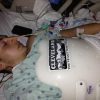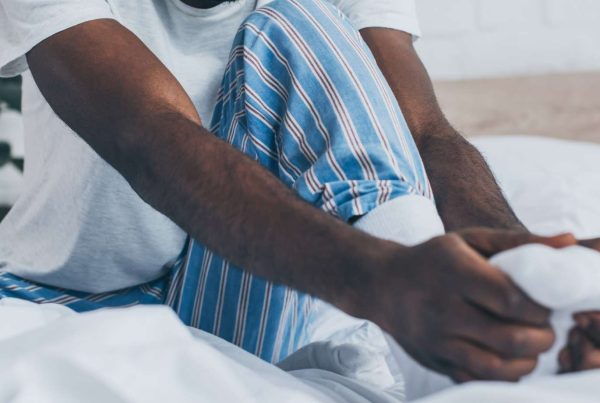If you have chronic pain and want to explore developing a personalized pain relief plan, call the MetroHealth Pain and Healing Center at 216-957-HEAL (4325).
If you wake up every day with pain, you’re not alone. Millions of Americans suffer from chronic aches and pains, whether from accidents, old sports injuries, arthritis, fibromyalgia or other health conditions. The good news: A pain center can help you get your symptoms under control and improve your quality of life.
Doctors at MetroHealth’s Pain and Healing Center offer a full range of treatments, including non-invasive medical management, state-of-the-art interventional therapies (nerve blocks and steroid injections), IV infusion therapy, minimally invasive techniques such as neuromodulation, and pain pump implants.
The Center also embraces complementary and alternative approaches as part of a comprehensive pain relief plan, according to a pain management specialist at MetroHealth.
“I try to give patients tools that empower and inspire them to successfully manage their chronic pain,” said Dr. Tabbaa. Most complementary approaches to pain need to be used over the long term for the best results and should be discussed with a pain specialist before adding them to your routine. While they can sometimes reduce the need for medication, they may not replace the need for traditional treatments such as injections or surgery.
Exercise
Strengthening specific muscles to support areas of injury that may be causing pain allows tissues to heal and prevents future discomfort and injury.
Physical therapy: Physical therapists at MetroHealth can develop personalized, at-home muscle-strengthening programs. For example, core exercises may manage low back pain, while leg exercises can build up muscles around a sore knee and stabilize it, offering relief.
Water therapy: Physical therapy in a pool allows you to move freely while building strength. The water also cushions sore muscles and joints.
Yoga: This mind-body practice can build muscle strength while incorporating breathing exercises and meditation, both of which may keep pain at bay.
Alternative interventions
Talk to your doctor about the possibility of incorporating some of the following alternative treatments:
Chiropractic care: The word “chiropractic” means “to be done by hand.” Chiropractors use adjustments to restore joint function and support the nervous system. They help patients maintain optimal health while avoiding unnecessary drugs or surgery.
Acupuncture: The insertion of fine needles into the skin at specific points on the body may help relieve chronic pain. The approach works by releasing pain-relieving chemicals such as endorphins in the body.
Massage: Massage therapy can relax tight muscles to relieve pain. It may also cause the release of endorphins.
Art therapy: This form of psychotherapy helps people lower stress and anxiety in response to pain.
Music therapy: Music can reduce the amount of pain patients feel.
Dietary changes
What you eat and the supplements you take may alleviate pain, said Dr. Tabbaa.
Eating to reduce inflammation: Avoiding refined carbohydrates, such as white bread and pasta, and eating more fruits, vegetables and whole grains can reduce inflammation in the body, helping to reduce pain. This can also promote weight loss, reducing pressure on your joints.
Herbal medicine: Patients with nerve injuries may want to talk to their doctor about the benefits of supplements such as super B complex, Coenzyme Q10, Turmeric, willow barks, Boswellia Serrata and alpha-lipoic acid.
If you have chronic pain and want to explore developing a personalized pain relief plan, call the MetroHealth Pain and Healing Center at 216-957-HEAL (4325).












